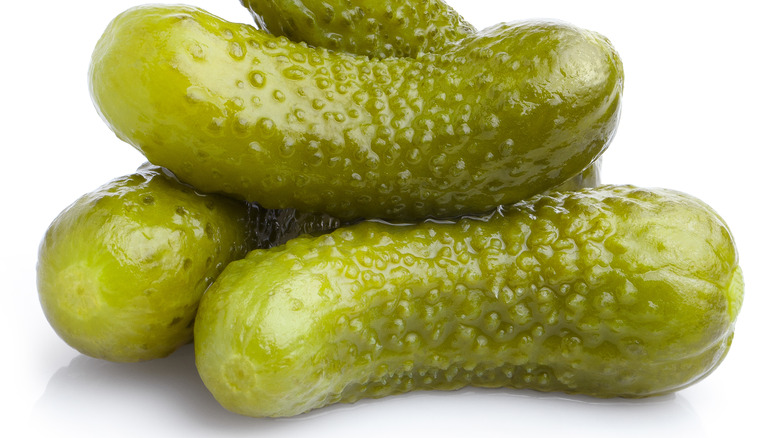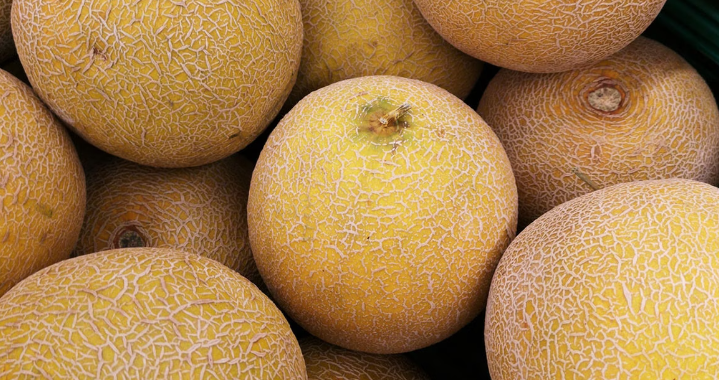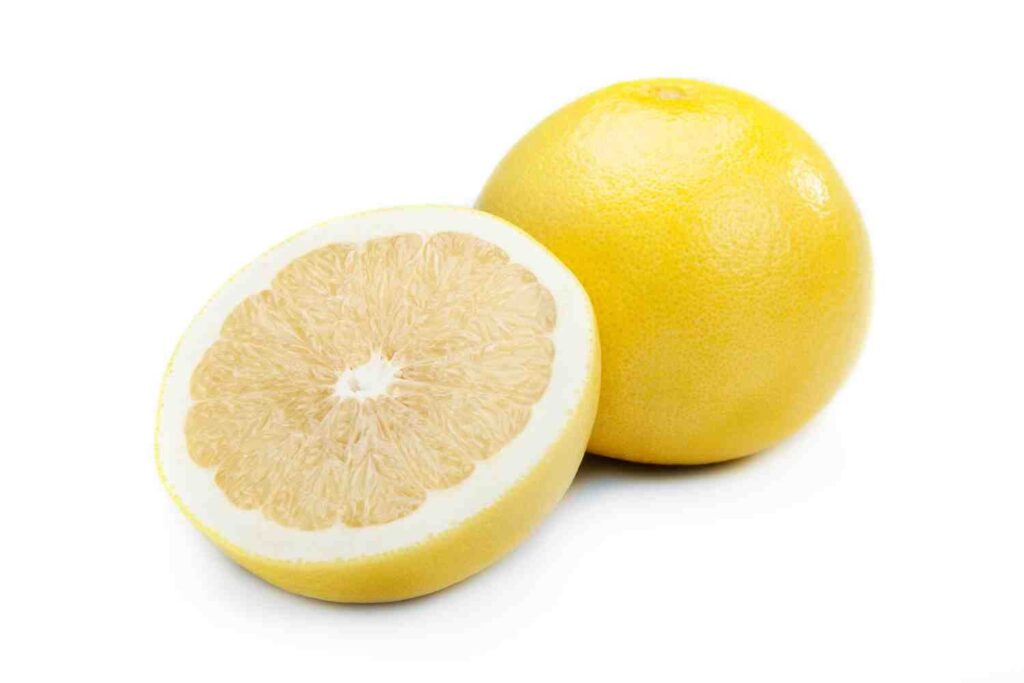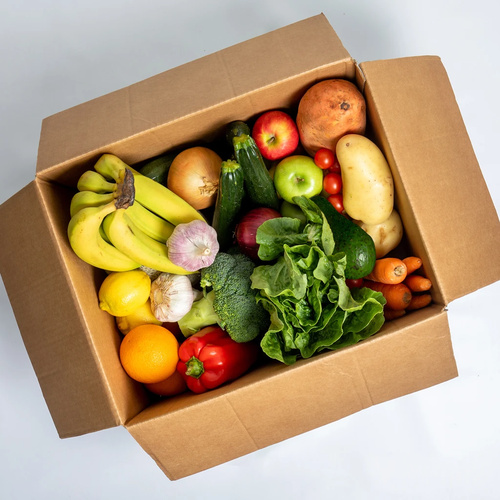Do you enjoy eating plantains but struggle to figure out when they’re just right to eat? You’re not the only one. It’s often hard to know when plantains are ripe because they look similar to bananas and their ripeness is not always obvious. This guide will help you spot a ripe plantain so that you can savor its full flavor.
Table of Contents
Identifying a Ripe Plantain
A ripe plantain should have a skin that’s more yellow than green, along with some black spots scattered across it. The more black spots it has, the sweeter it will be. When you gently squeeze a ripe plantain, it should feel somewhat firm but should also give in a little. If you smell it, a ripe plantain emits a sweet, inviting fragrance.
Green plantains are not yet ripe; they’ll taste more like potatoes due to their starchiness. If a plantain is mostly black, it’s likely too ripe, which might make it a bit sour or too gooey for some recipes. Mastering the art of picking the right plantain can make your meals much more enjoyable.
Let’s dive deeper into how to judge the ripeness of this tasty fruit:
1. Examining the Skin
Pay attention to the color of the plantain’s skin. Look for mostly yellow with black spots. Green means not ready, while too much black could mean you’ve waited too long, and the fruit might be too squishy for some uses.
2. The Squeeze Test
A perfect plantain yields slightly under the pressure of your gentle squeeze, while still holding its shape. If it’s rock hard, it isn’t ripe yet; if it’s too mushy, it might be past its prime.
3. Sniff for Sweetness
A ripe plantain gives off a delicate, sweet aroma. If there’s no smell, the plantain likely needs more time to ripen.
Speeding Up the Ripening Process
What if you’ve bought plantains and they’re still not ripe? These methods can help them ripen faster:
1. Ripen at Room Temperature
Just leave your plantains out on the kitchen counter for several days. They gradually ripen on their own, especially if kept away from sunlight and heat sources.
2. The Paper Bag Method
Want those plantains ripe sooner? Place them in a paper bag and fold the end of the bag over. This traps the ethylene gas they emit inside, which accelerates ripening.
3. Ripening with an Apple
For an even faster ripening method, put the plantains in a brown paper bag with an apple. Apples also release ethylene gas, boosting the entire ripening process even more quickly.
Putting it All Together
Choosing the right plantain can elevate your dishes to a whole new level. Remember, the key is to look for yellow skins with black spots, feel for a slight give when squeezed, and detect a sweet aroma. Follow these tips, and you’ll have tasty, ripe plantains ready for your favorite recipes.


![What Fruits Can Birds Eat? [15 Nutritious Fruits]](https://fruitonix.com/wp-content/uploads/2023/05/Screenshot-2023-05-11-4.13.04-AM.png)
![What Is the National Fruit of Afghanistan and Why? [ANSWERED]](https://fruitonix.com/wp-content/uploads/2023/04/pomegranate.webp)





